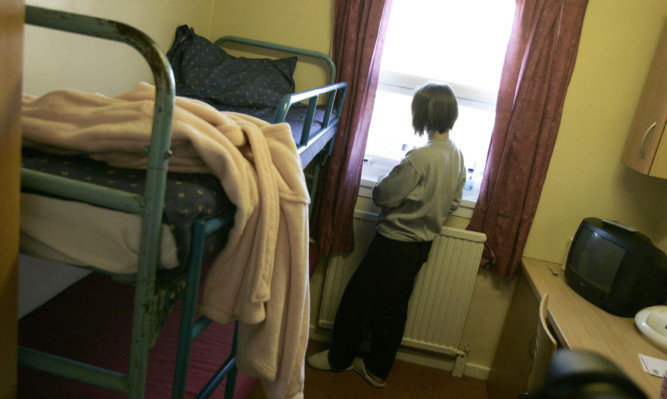A new women’s prison with places for 80 offenders is to be built to replace Scotland’s only female jail at Cornton Vale near Stirling, the Justice Secretary has announced.
Michael Matheson scrapped plans for a new 300-cell jail in Inverclyde in January.
The smaller prison, based on the current site at Cornton Vale, will house the most serious offenders.
Five smaller units each accommodating up to 20 women will also be set up across the country.
They will provide support for alcohol, drugs, mental health and domestic abuse issues.
There will also be more use of community-based alternatives to short-term prison sentences, including increased use of electronic monitoring.
It was announced that Cornton Vale would be closed down following a report into how best to deal with female offenders by former Lord Advocate Dame Elish Angiolini.
She branded the jail “a miserable place” where some prisoners lived in “antediluvian and appalling” conditions.
Dame Elish recommended in 2012 that there should be a smaller, specialist prison for long-term and high-risk prisoners, as well as regional units to hold those serving shorter sentences and those on remand.
Mr Matheson said: “When I announced in January my decision not to proceed with HMP Inverclyde as a large national prison for women, I said that it did not fit with my vision of how a modern and progressive country should be addressing female offending and that we needed a bolder, more radical and ambitious approach in Scotland.
“Following a period of intensive dialogue with our own experts in Scotland as well as international experts from across the world, I’m pleased to announce a new approach to how we deal with female offenders.
“These are progressive proposals, they draw on the best available international evidence of what works, but they are tailored to specific circumstances here in Scotland.
“Simply locking women up in a large facility doesn’t work. We’ve seen the damaging impact that going in and out of prison has for the women, for their families and for their communities.
“What we need is a new approach. We need to continue to transform and improve services for women so that we can help them to break the cycle of reoffending.
“I believe that accommodating female offenders, where appropriate, in smaller units, close to their families, with targeted support to address the underlying issues such as alcohol, drugs, mental health or domestic abuse trauma is the way ahead.
“It is also in line with previous expert reports by Dame Elish Angiolini and Henry McLeish in which it is recommended that we should target the use of prison where it can be most effective – in punishing serious crime and protecting the public.”
